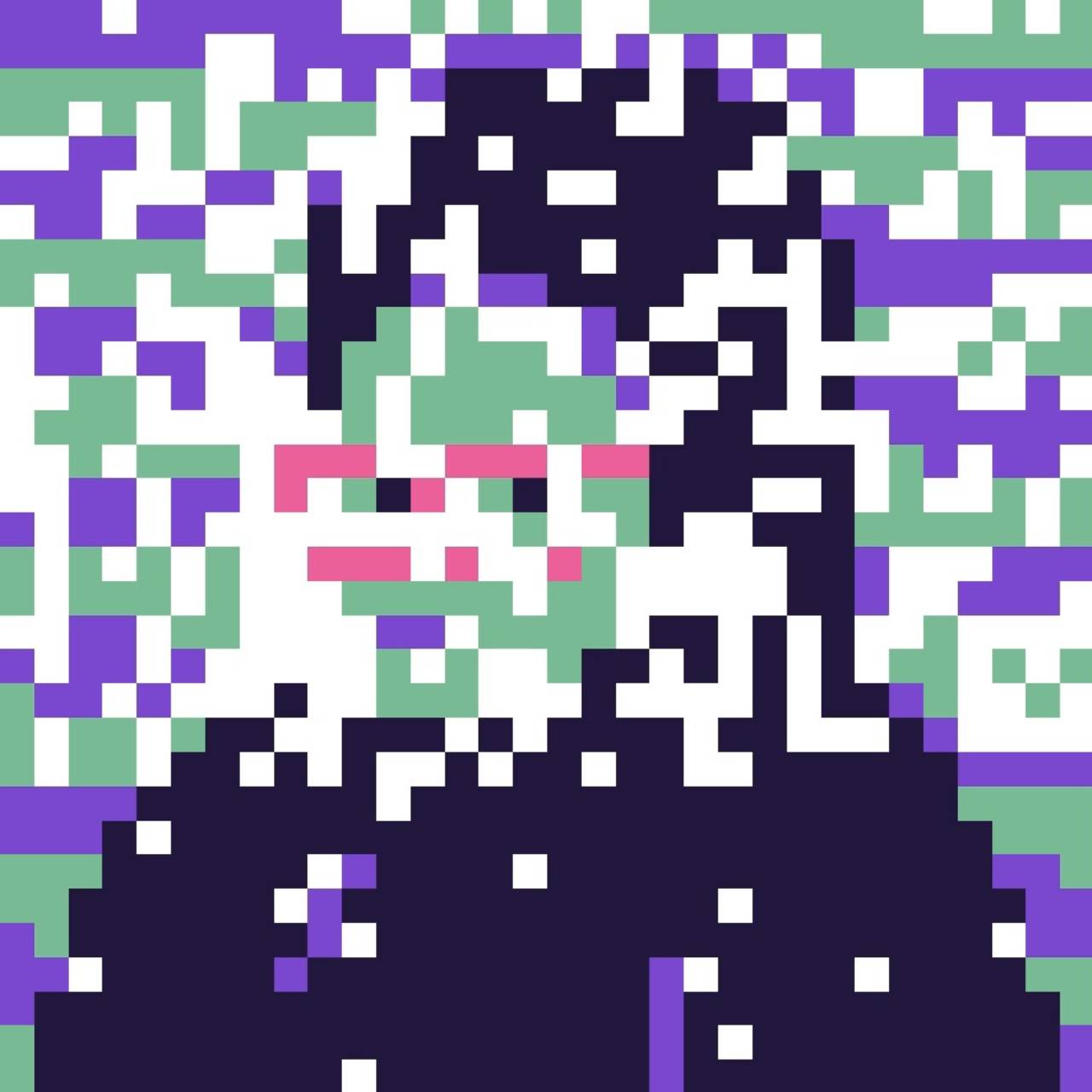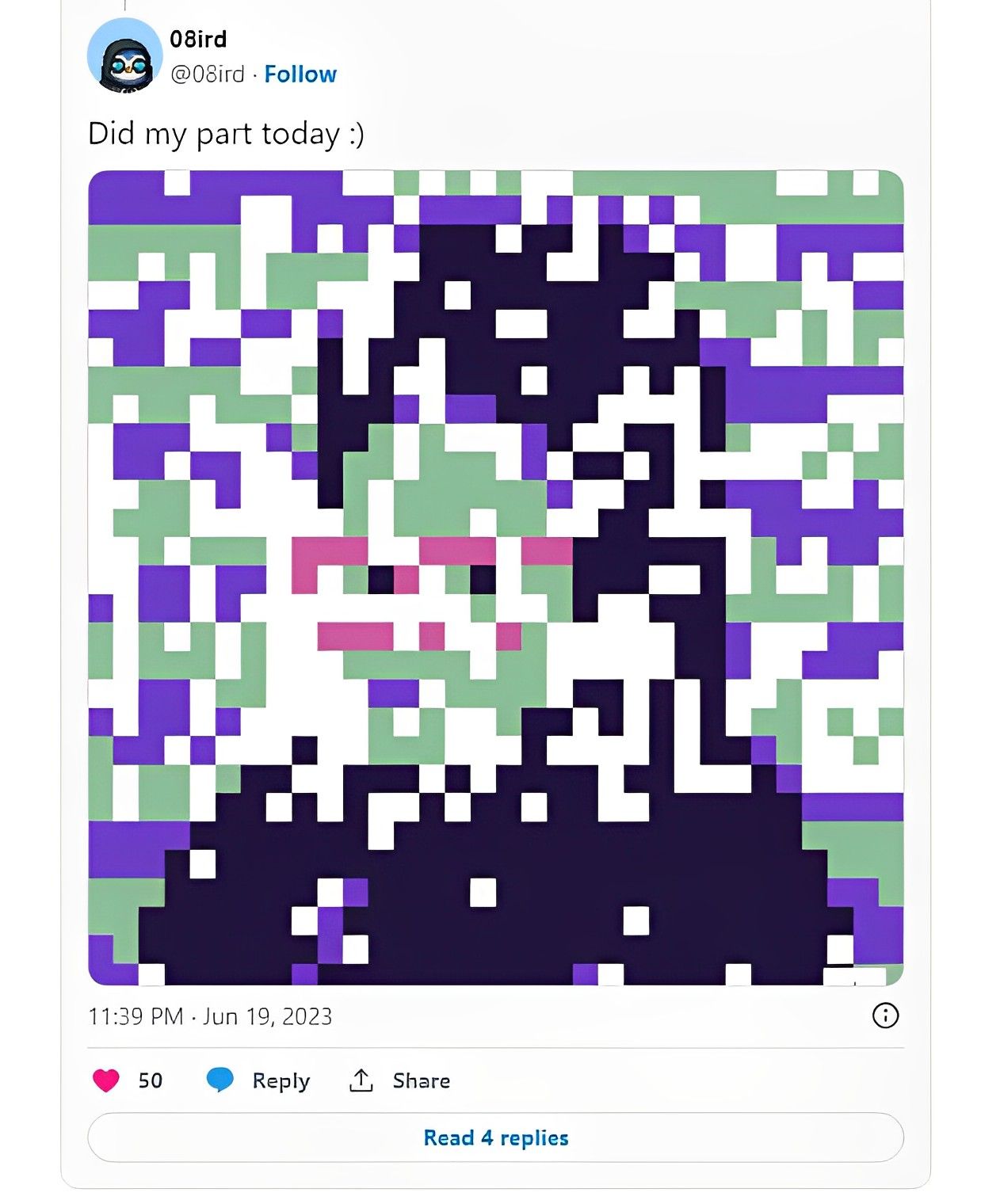In the dynamic landscape of digital art, boundaries are ceaselessly expanding. A shining testament to this is the "Right Click Share" experiment, a pioneering venture, launched back in May 2022. As we reach its one-year mark, we delve into its journey, its influence, and the fascinating narrative it has crafted in the digital art sphere.
The Essence of "Right Click Share"
In May 2022, acclaimed crypto artist XCOPY and Deca Art embarked on an innovative digital art venture: the "Right Click Share" experiment. A year later, this democratic canvas remains a dynamic and influential part of the digital art space, but recent developments hint at an evolving narrative.
1/ The greatest art distills the moment. A manifesto
— Deca 🟥 🟩 ⬛ 🟪 (@0xDecaArt) May 31, 2022
Revealing the art experiment, “Right Click Share” by @XCOPYART & Deca
Attest your pixel at https://t.co/v5QCkNKtYM. And quote RT your belief in this space. For as long as we believe, the art will endure 🔥
(Sound on! 🔊) pic.twitter.com/Xnae0IwIh5
The canvas of the "Right Click Share" is constituted of 1,024 individual pixels. Each pixel exists as a unique NFT, symbolizing a unit of digital ownership and control that is available to the public. When an individual acquires one of these pixels, they then validate or pledge their pixel, which integrates it into the collective artwork. Each pixel, therefore, acts as a jigsaw piece, and when assembled with the other pixels, forms the complete picture. This mechanism emphasizes collective creativity and interaction, where the art's final form depends on every owner's participation.
However, an interesting twist in the "Right Click Share" project is the temporal dimension of pixel validation. Each validation or pledge has a lifespan of only one year. After this period, pixel owners must revalidate their ownership to maintain their pixel's visibility in the collective artwork or they will turn white. This recurring process ensures the artwork remains dynamic, its composition shifting as owners revalidate or fail to revalidate their pixels.
Unattested Pixels and the Art of Temporality
Fast forward to July 2023, one year after the project's launch, the evolving nature of "Right Click Share" begins to manifest visually. Of the initial 1,024 pixels that compose the collective canvas, around 317 remain unattested. These unauthenticated pixels, represented visually as white spaces, create voids within the shared artwork. These gaps signify an evolution in the artistic landscape of this experimental piece, driven by the unique structure of ownership and engagement.

The changing landscape of the "Right Click Share" canvas provides a stark visual representation of community engagement, the passage of time, and the project's inherent dynamism. Each unattested pixel serves as a reminder of the continual evolution at play within this unique digital art venture.
Community Resilience and Ongoing Commitment
Despite the increasing number of white pixels, community response remains positive. Many owners continue to do their part by re-attesting their pixels annually, keen to sustain the integrity of the shared artwork. Both XCOPY and Deca Art remain closely involved with the project, underscoring their commitment to this groundbreaking digital art venture.

Conclusion
"Right Click Share" has indeed challenged traditional notions of art ownership and permanence. It brings together a community of digital art enthusiasts, with everyone having an equal part in creating and maintaining the artwork. As we move further into 2023, it will be interesting to see how this unique experiment continues to evolve, and what other creative disruptions it might inspire in the broader digital art world.


